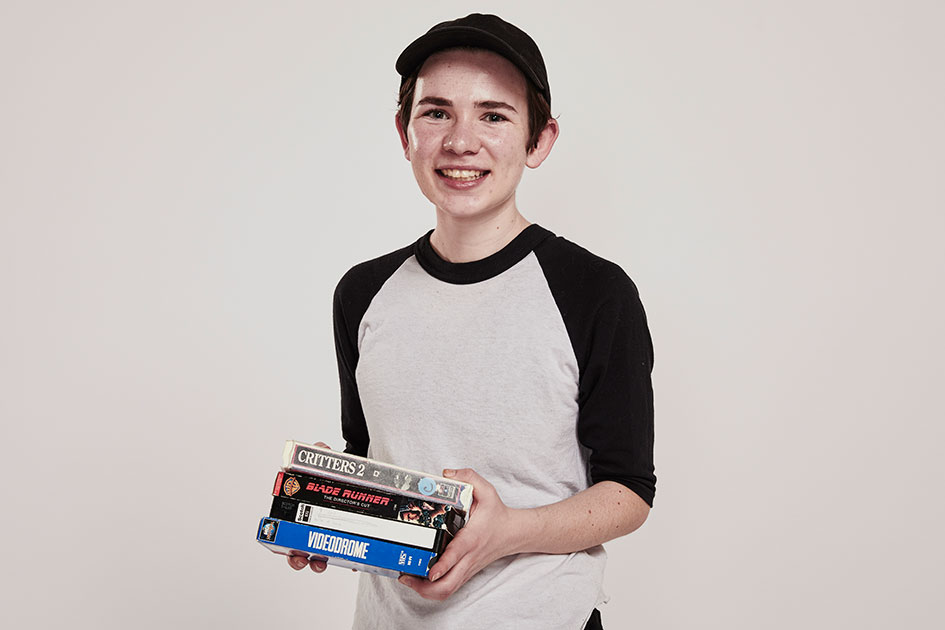Ray Self ’17
History major traced Bauhaus influence on concentration camps and public housing.
Hometown: Seattle, Washington
Adviser: Prof. Benjamin Lazier [history 2007–]
Thesis: “Organized Oblivion: Modernism and Totalitarianism in the Architectural Theory of Ludwig Hilberseimer”
What it’s about: Ludwig Hilberseimer was a master of city planning at the Bauhaus during the ’20s. Following the rise of fascism in Germany, he immigrated to Chicago. I compare his designs from the ’20s with his Chicago work from the ’40s and ’50s. Using three cases of 20th-century “failed” modernist architecture projects, I examine how the Bauhaus creed of rationality and functionalism entailed a totalitarian approach to space, and how this approach played out in the design of the concentration camp, and later, the American public housing project. A student of Hilberseimer’s from the Bauhaus was actually one of the architects who designed Auschwitz.
What it’s really about: How did our utopias become graveyards?
Who I was when I got to Reed: I was a pretty serious kid, passionate about art, theatre, and activism. Having worked full-time at a coffee shop for the past year, I was so incredibly ready to go back to school, but I had no idea what I wanted to study.
Influential books: The Human Condition, by Hannah Arendt and The Dispossessed, by Ursula Le Guin. Arendt because she taught me what it means to live an active life. Le Guin because I believe in the power of science fiction and imagined futures to tell us truths about ourselves and the world we live in.
Favorite class: Making Race, taught by Prof. Margot Minardi [history 2005–], is a history of how the modern understanding of race developed, spanning from ancient times to the present day. It was fascinating to learn about the various historical modes of race thinking and contextualize them in terms of contemporary understandings of race and ethnicity.
Cool stuff: I worked as a research assistant and a history tutor, ran a knitting and crochet club, led a mushroom identification hike in the Tillamook State Forest, and volunteered as an intern with the Oregon Historical Society film and photography archive, processing new acquisitions and learning how to repair 16-mm and 8-mm film.
How Reed changed me: I’ve learned so much from my peers and friends, both in and outside of the classroom. I have more of an ability to read, comprehend, and question, and gained a lot of experience doing archival research. Most importantly, I learned how to actively listen, how to manage my time, and thus locate and make space for the things I truly care about.
What’s next: I received a Lankford Grant to work on a research project about Hannah Arendt’s Origins of Totalitarianism and the social dynamics of the alt-right. I hope to apply to graduate programs in history next year.
